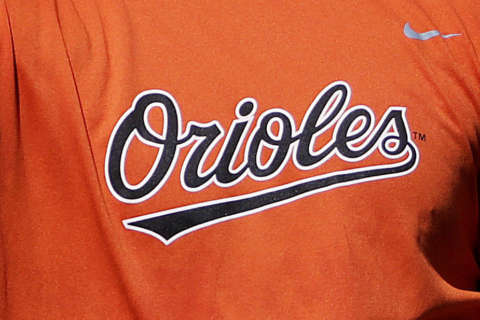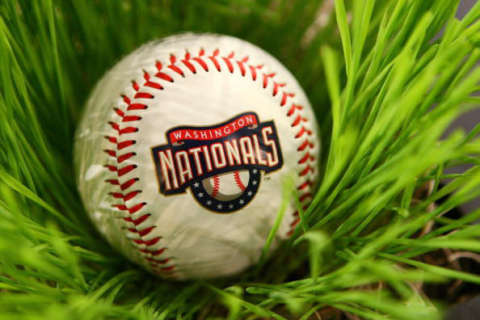WASHINGTON — Imagine I told you that there was an impending free agent on track to hit 40 home runs, who ranked in the top 20 in the league in both on-base percentage and slugging percentage. That’s a pretty good walk season, right?
So is Bryce Harper having a bad year?
As overrated as batting average is, it’s still galling to look down and see him batting .217 after Monday night’s 4-3, series-opening loss to the Boston Red Sox. It’s about equally as galling to see another Sports Illustrated preseason World Series favorite sitting at 42-41 just past the midway point of the season, seven games out, mired in third place in the division and needing to leapfrog four teams in the Wild Card race to make the postseason.
Entering play on June 1, the Washington Nationals were 33-23, 10 games over .500 and tied atop the National League East following a 19-7 month. Since then, they’re 9-18, only two games better than the historically awful Baltimore Orioles, worse than any team in the National League other than the hapless New York Mets.
They’ve had plenty of injuries, but even as starters like Adam Eaton and Daniel Murphy have made their way back into the lineup, the winning hasn’t come with them. Eaton’s hit a little bit, batting .292 since his return, but with absolutely no power since coming back. He’s got just a single extra-base hit in 68 plate appearances, with five walks and 15 strikeouts.
Same for Murphy, who has shown no sign of the 45-double, 24-homer power he averaged over his first two years in Washington. Murphy finally hit his first home run since coming off the DL in the series opener Monday night, as he edged his season average back over .200.
Howie Kendrick isn’t coming back. Ryan Zimmerman is due back at some point, possibly later this month, but it’s hard to know what to expect from him after another serious injury. He slashed just .217/.280/.406 prior to hitting the DL. Sure, Matt Adams will also be back at some point to help a team currently 12th in the NL in runs scored, ahead of just the Padres, Mets and Marlins.
But it certainly seems like if this team is going to make a serious push, the offense has to ignite with Harper.
It seems impossible for someone who was a 10-WAR player just three seasons ago, but Harper wasn’t even listed as one of the Nationals’ Top 12 in WAR headed into Monday night’s game.
He is on pace for basically the identical amount of extra-base hits he has averaged over 162 games (68), but with a higher distribution of home runs. He is also on pace for about 40 fewer singles, but nearly 40 more walks. In terms of times on base, Harper is right on track for his career averages. But because such a high percentage is coming from walks instead of hits, his batting average and slugging percentage are both notably lower. But is he really being that much less productive?
When it comes to plate discipline, Harper’s actually swinging at fewer balls outside the zone (28.7) than his career average (30.7). He is also swinging at a career-high percentage of pitches in the strike zone (76.1), so the perception that he is taking a lot of strikes may be selective bias. But his contact rate, both on pitches inside and outside the strike zone, is the worst it’s ever been. His swinging strike percentage (14.0) is 23 percent above his career average.
And on balls he has put the ball into play, he’s batted an astonishing, career-worst .223. Contrast that to a career mark of .314, and .369 in his 2015 MVP season. What’s crazy is that he’s got an identical line drive rate — 22.2 percent — to that year. He is being shifted much more, which accounts for some of the difference, but batted ball luck is undoubtedly part of it as well.
Unsurprisingly, generally as Harper has gone, so have the Nats. Monday night was just the fifth time in the 19 games in which Harper has homered that the Nats have lost. The Nats are also just 8-10 in games in which Harper walks multiple times.
Harper’s coming off a brutal June, in which he batted just .188 with two home runs. But he still had 17 walks, more than he did hits. His moonshot Monday night reminded us not only of what he is capable of doing, but also of how much more dangerous he can be in the middle of a healthy lineup, especially one that now includes Juan Soto.
The second half of the season will tell us whether Harper’s dip in statistical productivity persists, or if he gets better batted ball luck and protection from the rest of the lineup. Regardless of whatever happens, it seems almost certain that Harper’s and the Nationals’ success are inexorably intertwined.






